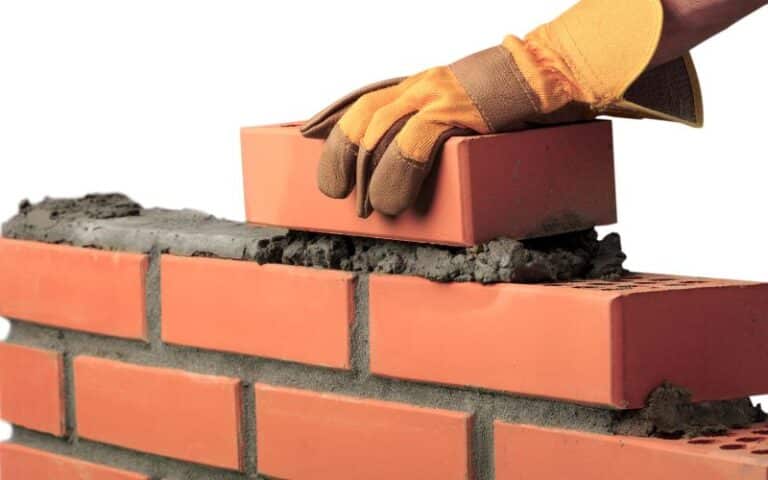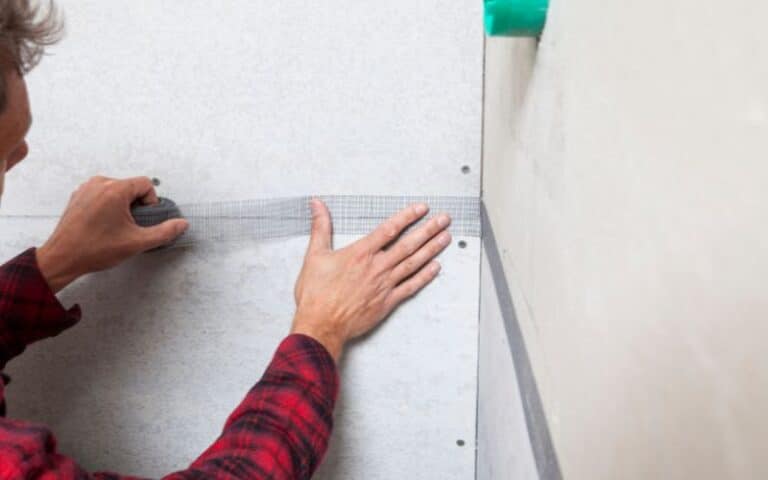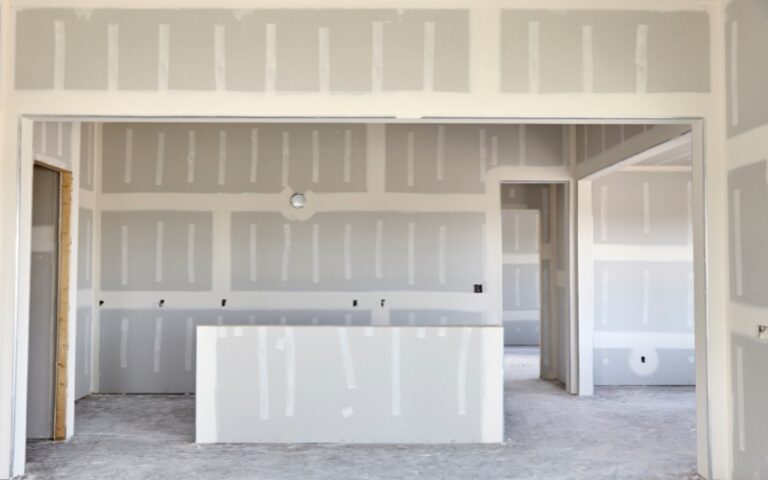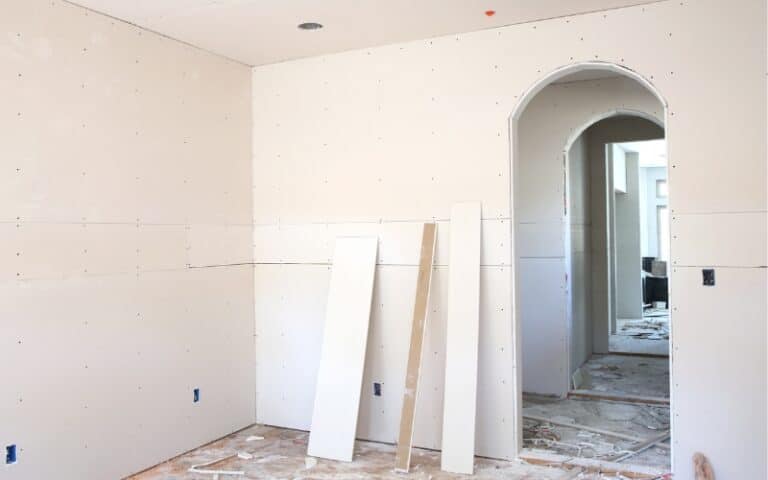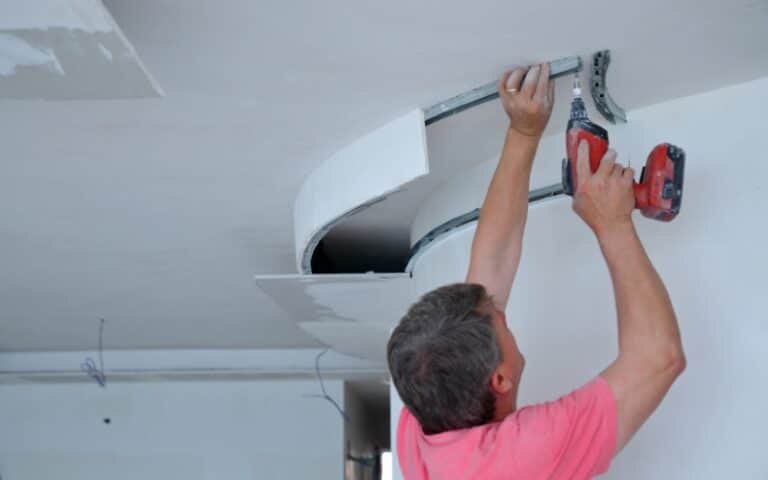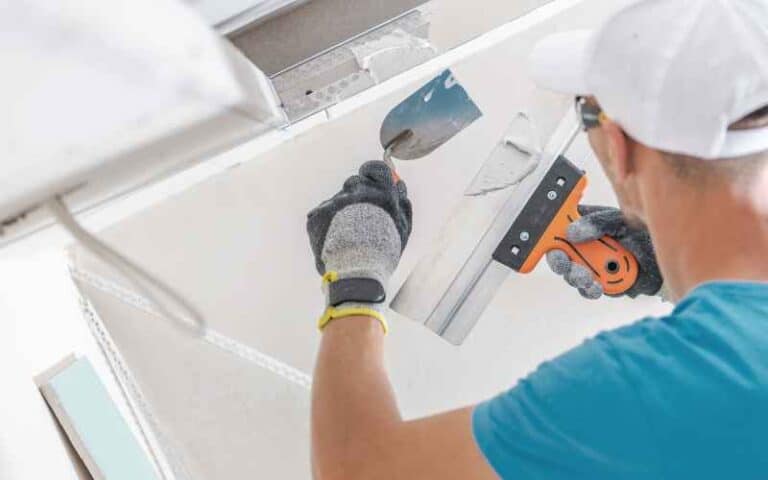The dryer vent is an indispensable component of your clothes dryer, and you have to install the vent strategically so that your venting system will function properly.
Installing the vent is quite easy; choose your setup option, check for the needed materials, and check the codes to install your vent safely and adhere to the codes.
The dryer vent must be at least 12 inches above the ground; you’ll also have to keep the vent at least 3 feet from any wall opening. In addition, keep the dryer vent at least 3 feet from the intake vent of any gas appliance, 3 feet from the gas meter regulator, and 6 feet from the HRV intake vent.
Installing your dryer vent is straightforward as long as you keep to the rules and measurements designed to make the process safe.
This article contains all the information you need to put in your dryer vent without incident; always follow the manufacturer’s instructions.
Ready for a Drywall Quiz?
What Is the Ideal Dryer Vent Height From the Floor?
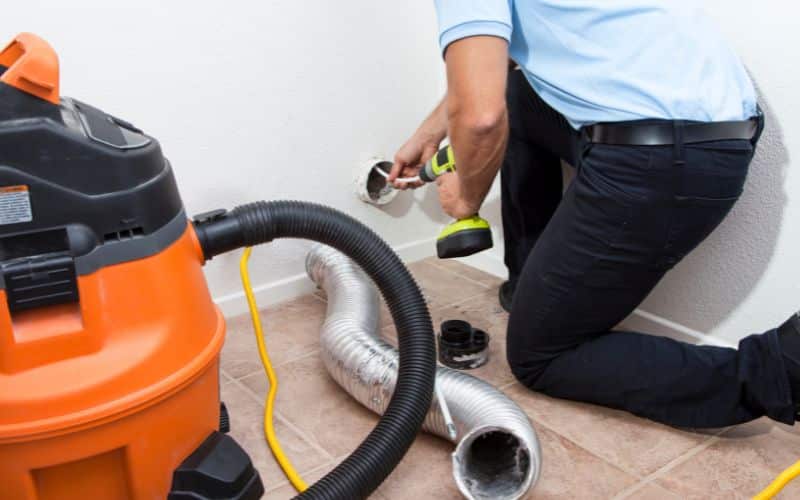
The ideal height of your dryer vent from the floor is 12 inches; this is the best option for you.
That is because the shorter the distance between your dryer vent and the floor, the fewer turns, which makes the dryer function better.
In addition to the dryer vent being a minimum of 12 feet above the ground, it should not show any screen.
Further, dryer vent terminations should be at least three feet from the property line, so you need to take note of the distance of the dryer vent from your property line.
If you have the room, you can increase the height of the dryer vent from the floor if that is what you want or if there are several turns.
However, it would be best to remember that 12 inches is the minimum height for your dryer vent.
Also, you need to make your vent and duct connectors mechanically and ensure that their protrusion, if any, should not be more than 1”8 inches into the vent.
Always cover the vent after installation, no matter the height of your dryer vent. If you leave vents uncovered, birds and rodents can enter and block the vent.
A blocked vent is useless and dangerous; it can cause the dryer to catch fire or even set the entire building on fire.
What Is Low Ground Clearance For the Dryer Vent?
The minimum low ground clearance distance for a dryer vent is 12 feet. However, if you want, the clearance distance for your dryer vent can be up to 30 feet or even more.
When installing the vent yourself, always note that the least possible distance from the bottom of your clothes dryer vent termination hood to the ground’s surface is 12 feet.
It is important to note and stick to the 12 feet rule so that you don’t restrict the outlet; also, avoid using the galvanized pipe as the humidity in the airflow can corrode the pipe’s interior.
Also, the surface does not always have to be ground, it could be the surface of any obstruction in the way of the vent, but the distance still has to be at least 12 feet.
While contractors have agreed that 12 feet is the safe, low ground clearance distance, that distance may be inadequate in places where there is often deep snow cover.
The minimum distance may be insufficient if your area has deep snow cover. Deep snow and exposure to freezing can also cause safety concerns.
The vent can become clogged or completely blocked. Ice, snow, or frozen condensate can pose a serious safety concern in such cases.
However, if you go too high above the recommended minimum of 12 feet, such as 30 feet, it may be too much of a long run and will cause other problems.
If your ground clearance is 30 feet or over, you’ll have to check your system often for sooth clogging.
Also, you may notice that your vents are getting blocked, which can make your clothes take longer to dry, or your dryer will run extra hot, which can lead to a fire hazard.
What Is the Standard Location For a Dryer Vent?
The commonest place to install your dryer vent is horizontally so that the vent goes through the exterior wall near the dryer; this is commonplace for your vent.
Other locations where homeowners commonly install dryer vents are through the basement or the attic; the vent goes through but not into the basement, roof, or attic.
Also, several dryer models are designed so you can’t run the vent or exhaust duct more than 25 feet from the exhaust pipe to the dryer.
So, you will have to install your vent as close to your dryer as possible; the ideal way is to place your vent on the wall behind the dryer or to the side of the dryer.
However, if that’s not possible, you can explore other options. But the closer your dryer vent is to the dryer, the better your setup will be, as all the moisture will escape quickly.
This means that you also have to consider the position of your dryer; your dryer’s position is very important as it may dictate where you place your dryer vents.
Place the dryer as close to an external wall as possible, and do not keep it anywhere in the middle of your home or building.
When your dryer is close to an external wall, you can make your vent hose short, install your vent more easily, and get maximum ventilation.
If you install the dryer vent far from the dryer, it will not work efficiently, and you will still run the risk of moisture from the dryer remaining in your house.
What Is the Code For Venting a Dryer?
The code for venting a dryer is the International residential code IRC M1502; this is the code most contractors use for venting.
However, there may be more regulations in some states. In addition, the International mechanical code has extensive clothes dryer requirements and regulations.
The IRC M1502 has extensive instructions about clothes dryer exhaust, and most regulations are clear.
Some of the regulations include;
- The code stipulates that homeowners and contractors must exhaust vents in accordance with the manufacturer’s instructions.
- Dryer exhaust systems should not be connected with any other systems and should convey moisture to the outdoors; there is an exception for labeled ductless dryers.
- Exhaust vents must end outside the building or in accordance with the manufacturer’s regulations, although most manufacturers have the same requirements.
- The vents must stop at least 3 feet from any openings in the building, such as doors and windows. This specification is subject to the manufacturer’s regulations.
- The dryer vent system must be made of metal, and the interior finish must be smooth. Also, the dryer vent’s diameter must be at least 4 inches.
- The installer must support dryer vents at 12 feet intervals and secure them. Also, you have to seal and mechanically fasten the dryer vents.
- You also need to seal each joint of the dryer vent with metal tape or mastic to prevent any possible air leaks.
- Do not join your vents with screws or use any other fasteners that can extend more than 1/8 of an inch into the duct.
- The maximum length of the in-wall duct system, measured from the wall to the exterior hood, is 35 feet. This length does not include the transition duct behind the dryer.
- Also, the installation must be in line with the instructions of the dryer manufacturers, and you will need to give a copy of the installation manual to the building inspector.
- It is also important to note that even if the dryer vent passes through the roof, it should always go outside and not vent into an attic, soffit, or crawl space.
- If the manufacturer allows the total vent length to be more than 35 feet, there will have to be a permanent tag displayed at the vent location.
The table below contains the dryer vent diameter, length, elbow degree, and other relevant measurements for installing your dryer duct.
| Dryer Vent Part | Measurement |
|---|---|
| Duct diameter | 4 inches |
| Distance from openings | 3 feet |
| Dryer vent distance support | 12-foot intervals |
| Flex vent length | 8 feet |
| Wall vent maximum length | 35 feet |
FAQs
What Is the Pipe That Is Used For Dryer Vents?
You can use a flexible aluminum foil duct that is 4 inches in diameter, UL 2158A listed, and the manufacturers have also marked it safe for venting dryers.
Can a Dryer Vent Lay on the Floor?
It is improper for a dryer vent to lay on the floor, so always hang the pipe from the joists instead of letting it drape on the floor. It should be at least 12 inches from the floor.
What Is the Ideal Distance of a Dryer Vent From the Openings In the Wall?
The dryer vent should be at least 3 feet from any openings in the wall, such as doors and windows.

